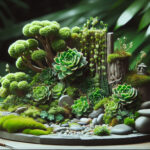Introduction to Crassula
Delve into the world of Crassula plants, a genus that has captured the hearts of flora aficionados across the globe. Think of a tough little succulent, one that stores water in its plump leaves, and chances are, you’re imagining a Crassula. Unlike the ephemeral beauty of a blooming daisy or the soaring height of a redwood, Crassulas embody resilience and timeless charm within their compact form.
Originating from various regions, including South Africa, these succulents come in shapes and sizes as diverse as the places they hail from. Famous for their adaptability, Crassulas make a spectacular choice for both seasoned enthusiasts and those just dipping their toes into botanical waters. It’s no wonder that the question of their lifespan garners such curiosity. After all, who wouldn’t want a living jewel embellishing their space for as long as possible? Discover the secrets to nurture these marvelous plants and revel in their enduring presence.
One shining example, the Crassula ovata, often called the “Jade Plant” or “Money Tree,” represents growth and renewal in many cultures, and is a staple in homes seeking a touch of green fortune. As a fixture in our living spaces, these plants do more than just sit pretty. They’re a testament to nature’s ingenuity, having evolved to thrive in environments where other plants might falter. Want to know more about making these green buddies prosper? It’s all in the simplicity of their care.
Setting the stage for an exploration into their longevity is synonymous with understanding what makes Crassulas so special. It’s not just about their ability to live long, but also their capability to imbue our lives with a sense of nature’s unrelenting spirit. These plants are survivors, teaching us the art of persistence, one succulent at a time.
Unraveling the Lifespan of Crassula Plants
Have you ever wondered just how long a delightful Crassula plant can grace your space with its vibrant greenery? If you’re a plant enthusiast or a budding green thumb looking to dive into the world of succulents, understanding the lifespan of a Crassula plant can be quite the botanical adventure.
It’s not just about ticking off the years; there’s an art to ensuring these resilient plants reach their potential. Crassula plants come with a remarkable range of longevity, segueing through the stages of life much like a well-written story. At the heart of this journey are the factors that can make all the difference—light, water, soil, and the love and attention from their human companions. Read on as we delve into the nitty-gritty details that steer these hardy succulents from seedling to elder with an enviable lifespan.
Under the right conditions, Crassula plants can be a long-term fixture in your home or garden. Picture a Crassula plant, nestled perfectly in your favorite sunny spot, thriving year after year—what a serene image! It’s thought that these sturdy plants can thrive for decades, with some varieties boasting timelines that surpass the 20-year mark. Truly, with appropriate care, your Crassula could very well become a generational keepsake, handed down from plant lovers of one era to the next.
While it’s awe-inspiring to envision these succulents surviving over vast periods, it’s their day-to-day care that will set them on the path to such enduring legacies. From ensuring they bask in the right amount of sunlight to striking the balance between drought and downpour with their watering schedule, each aspect of care is a step toward longevity.
So, whether you’re marveling over your long-lived Crassula or just beginning your journey with a new sprouting friend, remember that these plants are a testament to the beauty of growth and endurance. With hands-on attention and an understanding of their needs, you can enjoy the companionship of a Crassula plant for years—and potentially decades—to come.
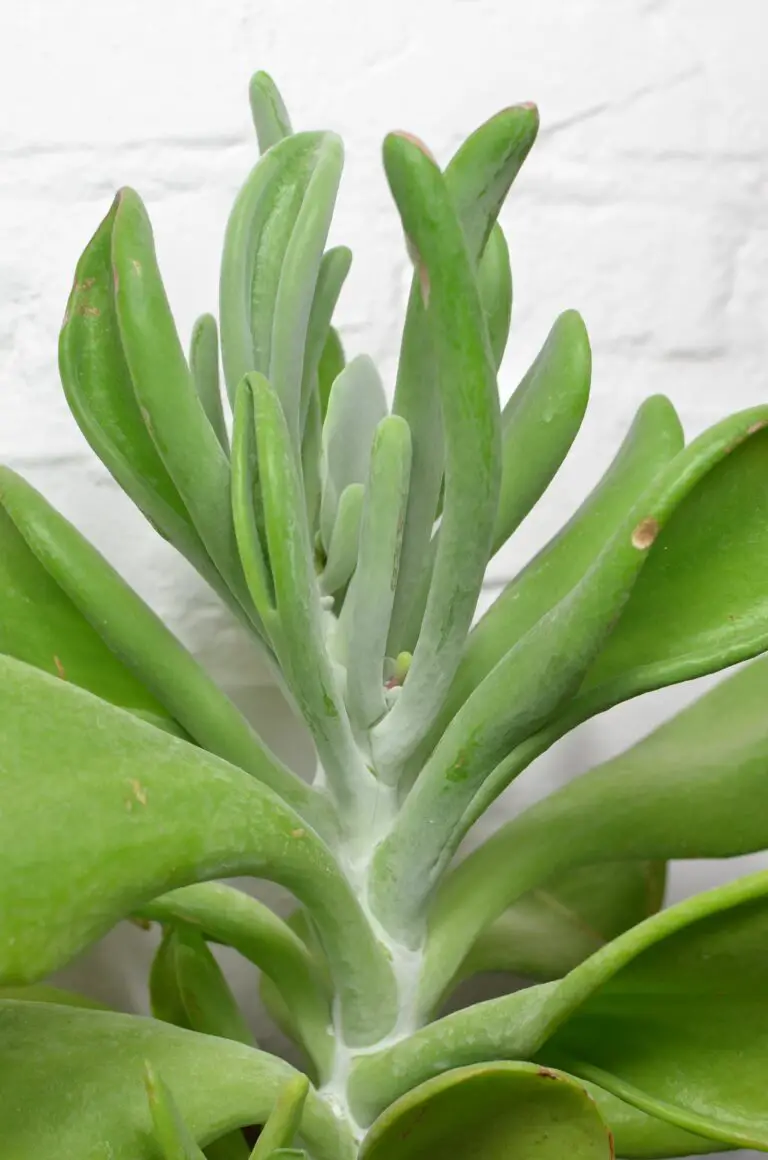
Optimal Growing Conditions for Crassula Longevity
Imagine walking into a sun-drenched room, speckled with the shadows of Crassula leaves dancing in the gentle breeze. These succulents aren’t just stunning—they’re survival artists, donning a spectrum of shapes and sizes. But to witness the marvel of their long, flourishing lives, it’s pivotal that we provide them with a canvas of ideal conditions. Let’s dip our brushes into the palette of Crassula care and illustrate an environment where they can truly thrive.
The Perfect Soil Symphony
Begin with the foundation: soil. Crassula plants favor a concerto of well-draining, sandy or rocky soil that echoes the arid homelands of their ancestors. Achieving that light and airy mixture allows their roots to waltz freely, soaking up moisture without the fear of waterlogged feet, which could spell disaster—or worse, root rot.
Choreographed Watering Routines
Water—the essence of life—demands a choreographed routine for Crassula. These succulents crave a “soak and dry” method: douse them until water runs free from the drainage holes, then allow the topsoil to dry completely before the next encore. Overwatering? Crassula’s worst nightmare. It’s the equivalent of asking a cactus to swim laps—it just doesn’t suit their natural flair.
Let There Be (The Right Kind of) Light
Light is to Crassula what a spotlight is to a ballerina. They require a stage of bright, indirect light to perform their best. Direct sunshine is a fickle friend—it can gift them with a sun-kissed glow but can just as easily scorch their delicate leaves. Finding that luminous sweet spot in your home, where the rays kiss but don’t burn, invites a lifetime of encore performances from these radiant succulents.
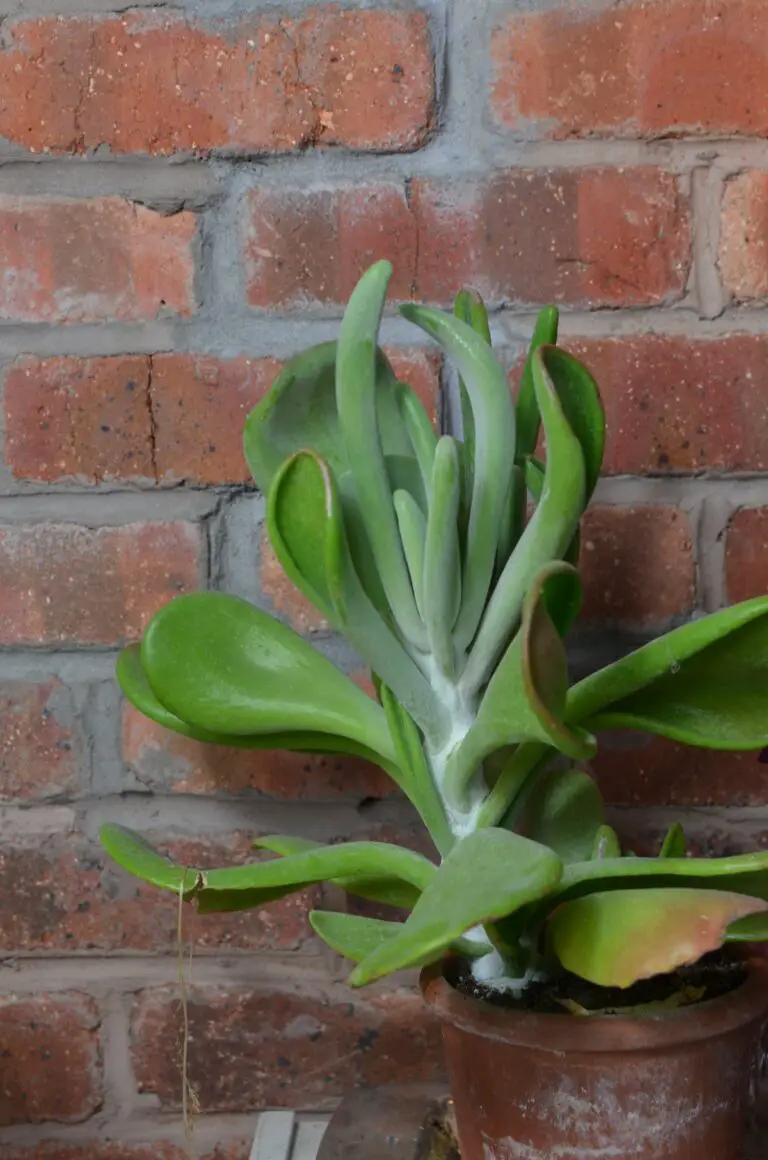
As you orchestrate these elements into a harmonious living space for your Crassula, remember that these resilient plants are more than just passive participants in their care. They’re actively engaging with their environment, adapting and growing, often in ways that surprise and delight. Offer them the best of these conditions, and you’ll bear witness to a symphony of growth that could last not just for years, but decades—making every Crassula an heirloom in its own right.
Common Threats to Crassula Vitality
Just like superheroes have their unique weaknesses, Crassula plants have their own Kryptonite, lurking in forms of pests, diseases, and yes, even our most well-intentioned care. So, let’s unmask these villains and map out action plans to safeguard our succulent sidekicks!
Picture this: you’re beaming with pride at your lush, jade Crassula when suddenly, tiny invaders like aphids, mealybugs, or spider mites decide it’s party time at the expense of your plant. These pesky pests suck the sap right out of the leaves, leaving them wilted and sapped of vigor.
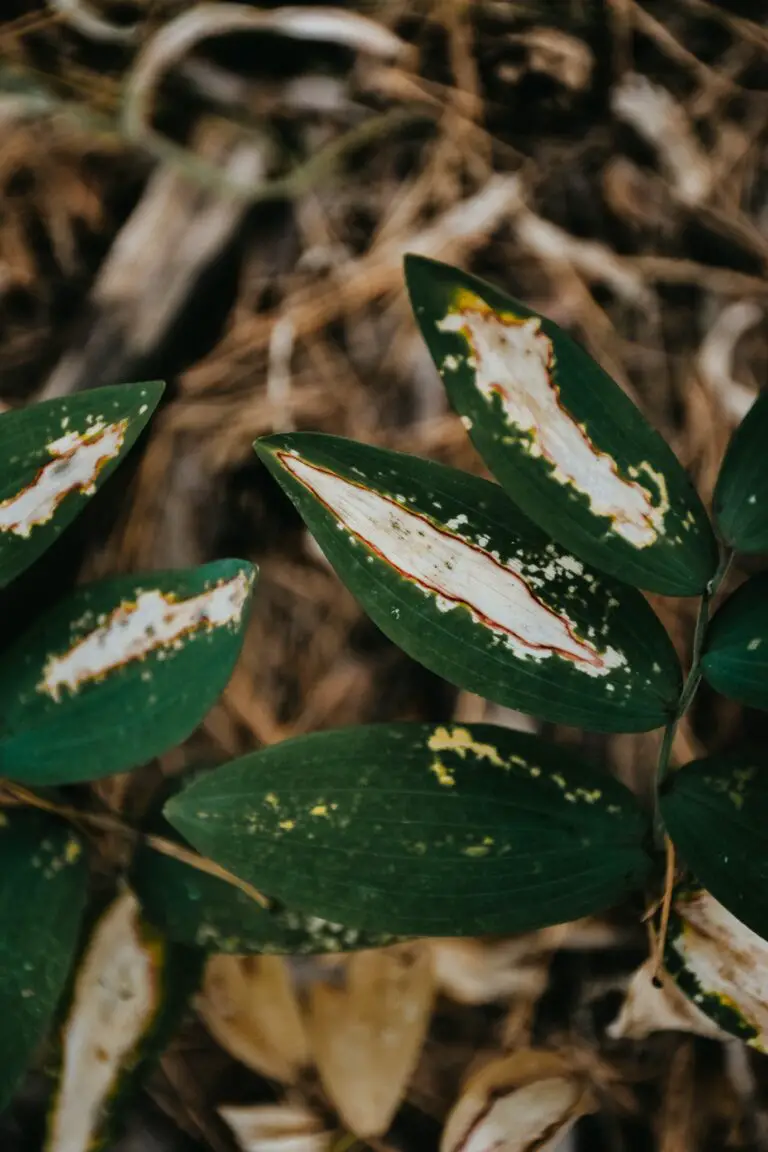
Then there’s the silent but deadly fungal foes such as powdery mildew and root rot. The former dusts your Crassula’s leaves with a deceptive white powder, while the latter sneakily undermines the roots, robbing the plant of its health from the ground up.
But fear not! These threats have met their match with a simple strategy: awareness and action. For pests, neem oil can be your eco-friendly secret weapon. A few spritzes and those bugs will be booking it out of there! When you spot the fuzz of powdery mildew, a mixture of baking soda and water can be your trusty sidekick, effectively disarming this fungal nuisance.
Yet, our very own love for these green buddies can backfire. Overwatering is like overfeeding; it’s done with good intentions but results in soggy soil and bloated bellies, or worse, root rot. Strike the right balance by letting the soil dry out before the next water rendezvous. To keep the roots happy and breathing, ensure your pot has a trusty drainage sidekick to whisk away excess moisture.
Making Crassula plants thrive is like walking a tightrope; it takes balance, attention, and the right moves. With these strategies in your gardening utility belt, you’ll have everything you need to combat the common threats and see your Crassula live long and prosper!
Expert Tips for Maximizing Crassula Lifespan
Subtle yet striking, the Crassula plant, with its jade-green leaves and sturdy stems, is a marvel to behold in any living space. But the real magic happens when their caregivers weave in a tapestry of care that extends their lifeline beyond the usual. So, how can you turn the tide and help these succulent beauties live to tell tales of decades rather than just years? Let’s dive into a greener world and unfold some secrets.
Firstly, let’s talk about the roots of the matter – repotting. It might surprise you, but these succulents fancy some wiggle room for their roots. An occasional change of scenery, in terms of a slightly larger pot every couple of years, encourages robust growth. Imagine a hermit crab outgrowing its shell; similarly, Crassula plants flourish when they aren’t confined. Ensure you’re using soil that’s as nutritious as a home-cooked meal and as loose as the sand on a beach day.
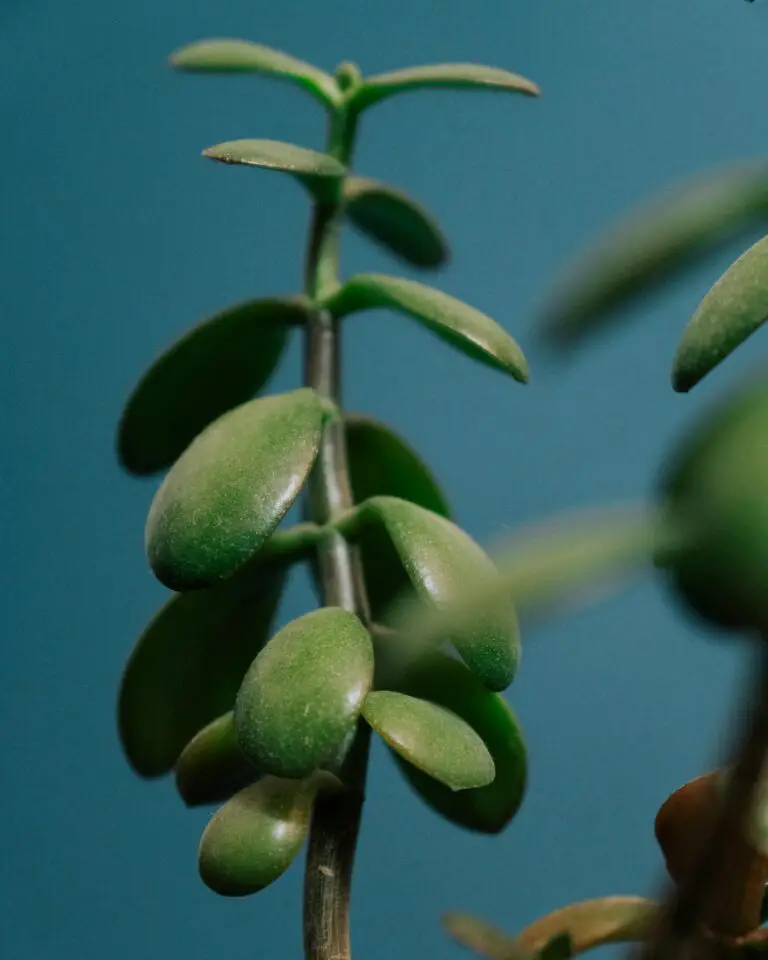
Now, let’s snip to pruning. Less can be more when it comes to Crassula. By pruning the overgrowths and shabby chic leaves, you’re not just tidying up; you’re spurring the plant to focus its energy on fresh, vivacious growth. Just like an artist chisels away at marble to reveal a masterpiece, your discerning cuts will encourage a dense, flourishing canopy fit for a Crassula crown.
And while on the topic of nurturing these plants to their prime, have you ever stopped to ponder about their dormancy cycle? It’s like their version of a ‘do not disturb’ sign. Head over to this intriguing read for more insights on the restful phases of your Crassula and how it can impact their longevity.
Remember, the lives of Crassulas are tapestries – fragile yet enduring, with each thread meticulously cared for. Adapting these expert tips into your plant care routine can transform your potted pal into an age-defying green whisperer, carrying stories of resilience and care through many seasons. Isn’t that just the kind of legacy we all seek from our leafy companions?
The Role of Propagation in Extending Crassula Generations
Have you ever marveled at a Crassula plant’s uncanny ability to replicate like a botanical photocopy machine? Nature’s ingenuity shines bright in these succulent wonders, with leaf and stem cuttings serving as their ticket to immortality. As gardeners, we’ve been handed the magic wand of propagation, allowing us to continue the Crassula legacy with a nip here and a tuck there. Let’s delve into this remarkable process that keeps our jade-colored friends thriving for generations.
Imagine you’re sipping your morning coffee, and your gaze lands on a leaf that has accidentally fallen on the soil. Lo and behold, some weeks later, a tiny Crassula is sprouting from that very leaf! This isn’t make-believe; it’s leaf-cutting propagation in action. It’s as simple as taking a healthy Crassula leaf, letting it callous over for a day or two to prevent rotting, and then gently nestling it onto well-draining soil. Water prayerfully, and with patience, witness the birth of new plantlets. A green miracle!
But what if you crave more than a miniature offspring? That’s where stem cuttings come in handy, like taking a well-sized branch off the parent plant and giving it a new home. Ensure you use a clean, sharp implement—think of it as a botanical surgery, a precise cut for a precise outcome. Plant the stem in its new abode, and with the same loving care, it too will take root, becoming a full-fledged Crassula plant with all the robustness of its parent.
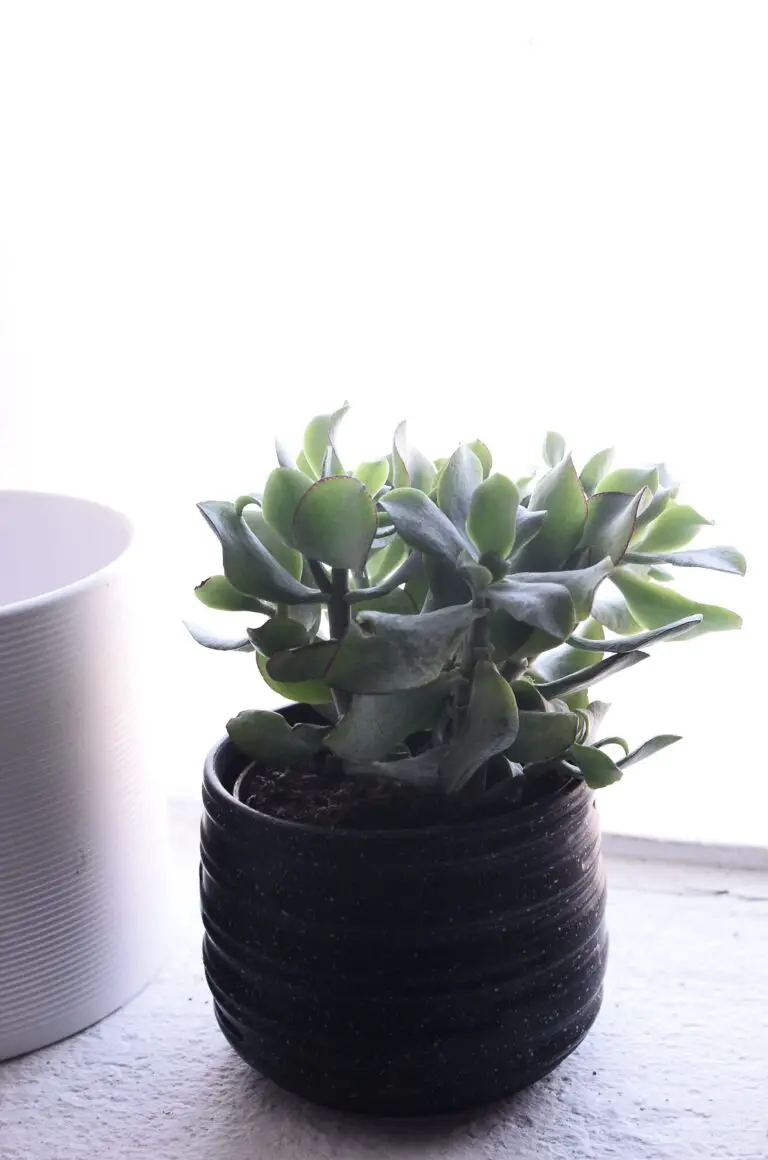
Through these methods, propagation isn’t just about creating new plants; it’s a dance with genetics, ensuring that the resilient genes of Crassula live on. Whether it’s a leaf or stem, each piece contains the blueprints for life, ready to continue the lineage in a perpetual cycle of growth. And so, without the finality of an end, Crassula plants teach us a valuable lesson about life’s enduring nature and our role as cultivators of generations.
In every leaf that falls and every stem that is clipped, there is potential for new life. And in this potential lies the beauty and simplicity of Crassula propagation, a testament to the continuity of nature’s will. So let’s propagate, not just to grow, but to connect with the eternal cycle—that green, verdant thread weaving through time and space, binding one Crassula generation to the next.
Crassula Varieties and Their Respective Lifespans
Embark on a journey into the fascinating world of Crassula plants, a treasure trove of diversity where each species boasts its own unique charm and longevity. As we dig into the garden of Crassulas, it’s evident that these succulents are not just a one-size-fits-all. Instead, they are an eclectic mix of textures, forms, and lifespans.
Take the well-known Crassula ovata, commonly referred to as the “Jade Plant,” for example. With its thick, woody stems and jade-green, glossy leaves, this robust succulent can grace your living space for decades, even outliving its owners when provided with the appropriate care! This is a plant that becomes more majestic with time, something you might proudly display as a botanical heirloom.
Contrastingly, the ‘Gollum Jade’, a quirky relative of the classic Jade Plant, has a distinctive look with tubular, green to reddish leaves, but it shares a similar potential for longevity. Just imagine: a living sculpture that grows more fantastical with each passing year, an ever-present conversation starter in your home or garden.
In the cooler, shadowed spots, you might find Crassula arborescens, or the “Silver Dollar Plant,” with its round, silver-dollar-like leaves that shimmer in the soft light. This species is known to thrive for a good number of years, painting a serene picture in your collection of greenery.
And let’s not forget the dainty Crassula muscosa, often called “Watch Chain,” with its compact, interlocking leaves that craft a delicate meshwork resembling a piece of living jewelry. Although not as long-lived as its sturdier cousins, this Crassula provides a textured tapestry that enhances any setting for several years.
Diversity is truly the spice of the Crassula world, and each variety brings its own set of care requirements and lifespan. It’s vital to acquaint oneself with the particular needs of each to enjoy them to the fullest. As for care, well-drained soil, plenty of sunlight, and infrequent watering are the general rules, but each species may have its specific twist on these guidelines.

Remember, these living sculptures are more than mere plants; they are the testament to the passage of time, the nurturers of patience, and the keepers of silent growth. Cherishing a Crassula is about embracing its journey as much as it is about enhancing the aesthetics of your space.
Real-life Stories: Crassula Owners Share Their Experiences
Exploring the world of Crassula plants through the eyes of those who nurture them can be quite illuminating. With their fleshy leaves and sturdy appearance, these succulents have graced our windowsills and indoor gardens, often exceeding our expectations in terms of lifespan and vitality. Let’s dive into the tales of Crassula enthusiasts and discover just how long do crassula live under the care of those who cherish them.
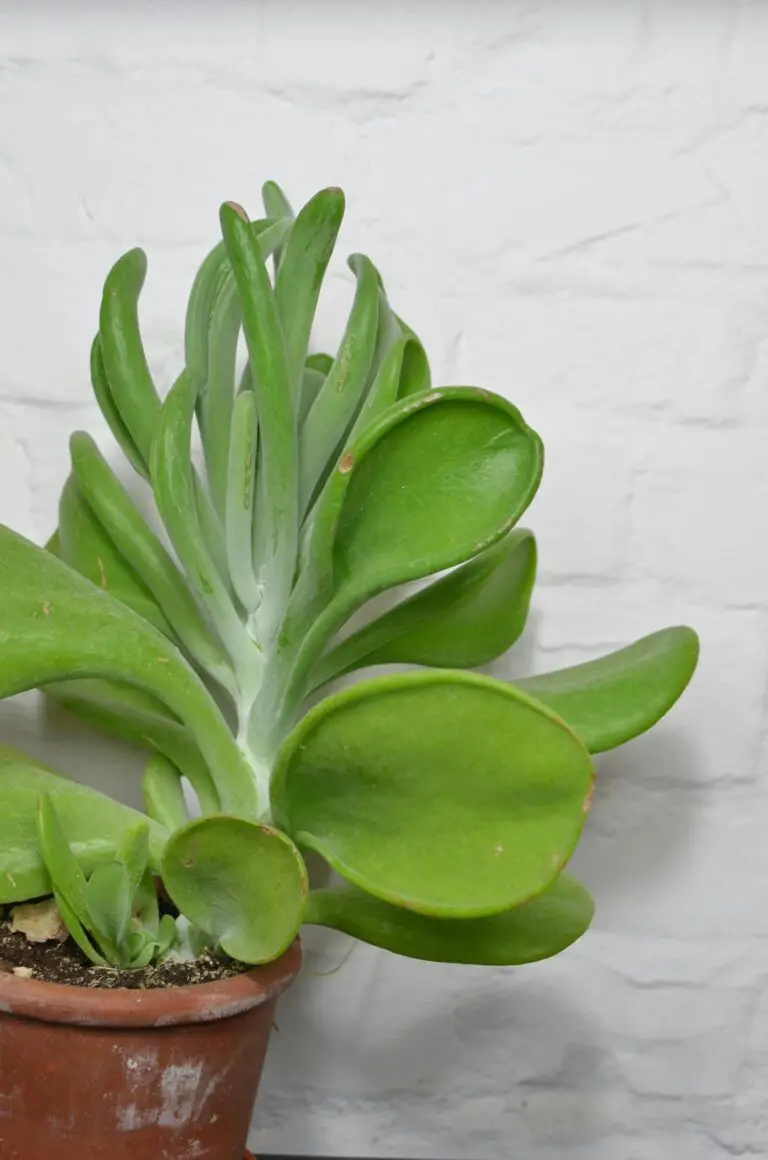
Sarah’s Ten-Year Trio
Sarah from Sedona has a heartwarming story of triplet Crassula ovatas that have been her green companions for over a decade. “It’s been ten years, and my three Crassula plants are thriving more than ever,” Sarah beams. She attributes their longevity to her unerring commitment to a regimented water schedule and the perfect amount of indirect sunlight. Her plants have not only survived but have sprouted offshoots which have been repotted to create a Crassula forest in her home.
Norman’s Neglect and Newfound Life
Then there’s Norman, a busy software developer who hardly believed himself to be blessed with a green thumb. His Crassula, inherited from a former roommate, was left to fend for itself, experiencing long stints without water. Miraculously, it’s touched the 15-year mark and continues to surprise Norman with its resilience. “I’ve learned that these plants are not just decorative; they’re a testament to endurance and adaptability,” Norman reflects. He’s since taken a more active role in its care, and his Crassula is looking perkier than ever.
Grace’s Generational Gift
Grace from Gloucester has a family heirloom not many can boast of—a Crassula that’s close to twenty years old, passed down from her grandmother. This plant has witnessed two generations and is poised to see a third. “My granny always said that a plant taken care of will care for you in return,” Grace shares. She continues the legacy with a mix of pride and nostalgia, providing the same tender loving care that her grandmother once did, ensuring the Crassula’s impressive lineage continues.
In each of these stories, the underlying theme is clear: Crassula plants, with the right conditions and a dose of affection, can be long-standing members of any plant lover’s life. While their natural hardiness plays a role, the owners’ anecdotes remind us that attention and consistency in caregiving are key ingredients to nurturing a Crassula’s extended lifespan.
Conclusion: Celebrating Crassula’s Enduring Presence
When we reflect on the cherished Crassula plant, commonly known as the Jade plant or money tree, it’s clear that this succulent embodies more than just longevity; it symbolizes a resilient spirit, prospering with minimal care. The Crassula has an uncanny ability to thrive in environments where other plants might falter, making it a testament to endurance in the botanical world.
In homes and gardens across the globe, these succulents stand as a reminder that sometimes, the simplest things can bring the greatest joy. Whether they’re gracing a sunny windowsill or adding a touch of greenery to a cozy reading nook, Crassula plants have a unique knack for brightening spaces and lives. Their potential to be a long-lasting addition to any plant collection is not just a promise; it’s a celebration of life’s perpetual cycle.

Take for instance, a sun-soaked Crassula perched on a kitchen counter, witnessing the daily dance of morning routines and the calm of late-night whispers. Over the years, its steady growth is a silent yet profound marker of time, intertwining its story with that of its owners, a loyal companion in the journey of life.
The beauty of the Crassula is that it doesn’t just live; it flourishes with a quiet grace, asking for nothing more than a touch of sunlight and the occasional water to share its enduring presence. It’s a life lesson in patience and the rewards of steadfastness – making it no surprise that so many plant lovers welcome Crassula into their homes with open arms.
Frequently Asked Questions
Do you find yourself pondering over the longevity of the resilient Crassula? Let’s dig into this succulent phenomenon and satisfy that curiosity!
What’s the Average Lifespan of a Crassula Plant?
While Crassula plants are akin to the mini superheroes of the plant world with their tough, enduring nature, they typically have a lifespan that ranges from decades to potentially a century! That’s right, with proper care, these green gems could be your companion through many walks of life.
Do All Crassula Varieties Have the Same Lifespan?
Not all caped crusaders wear the same cape! Similarly, there’s a spectrum when it comes to the Crassula family. From the classic Crassula ovata to the dainty Crassula arborescens, each variety has its nuances in care that could influence their lifespan. However, the right TLC could mean a long, thriving life for almost any Crassula.
What Are the Secrets to a Long-Living Crassula?
Imagine this: a Crassula thriving through the roaring ’20s, swinging ’60s, and into the 21st century! The key to longevity is like a good recipe – right amounts of sunlight, balanced watering, and the all-important draining soil mix. It’s about respecting their succulent roots (literally) and providing a stable yet adventurous environment for growth.
Real-life Example, Please?
Picture Sarah’s Crassula, perched by her sunny kitchen window, a silent witness to countless family breakfasts and late-night heart-to-hearts. It’s not just a plant; it’s a testament to years of consistent care and a symbol of the home’s endurance. That’s the potential story of a well-loved Crassula.
Incorporating the essence of how long do Crassula live into a lifestyle is part of the bond between a dedicated plant parent and their leafy kid. Want to see it in action? Let’s take a peek into the journey of these evergreen buddies in the video below!
